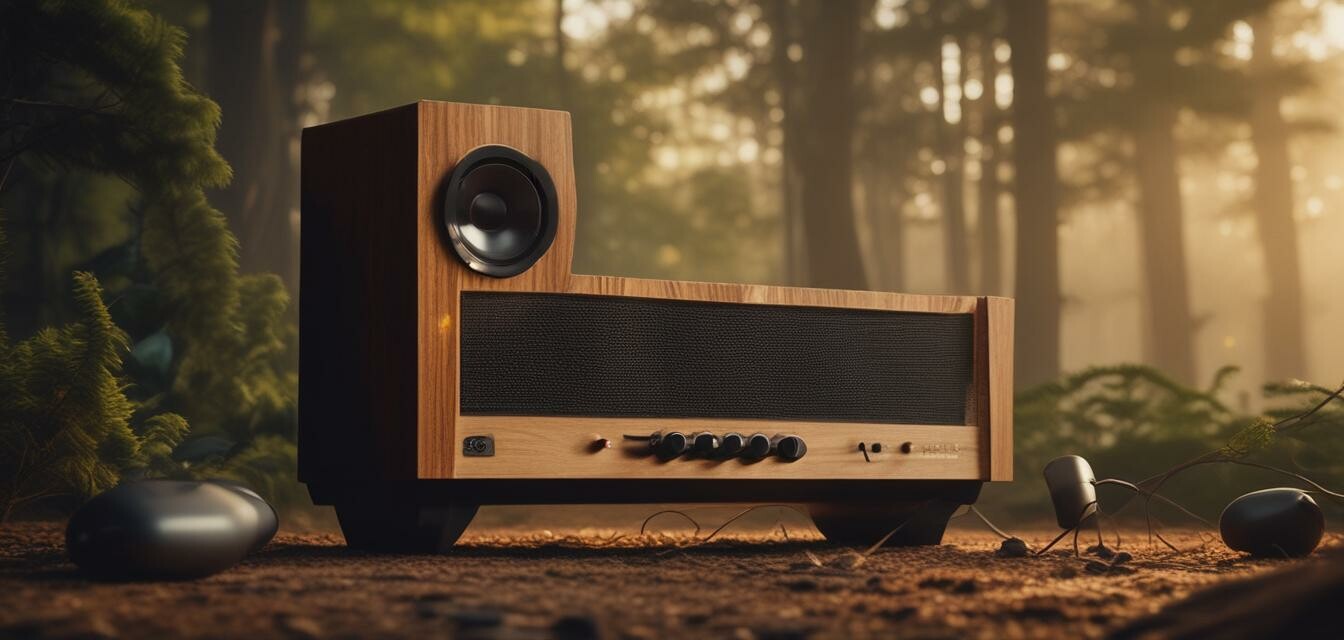
The Growth of Sustainable Audio Products
Key Takeaways
- Sustainability is now central to audio product design.
- Consumers are increasingly favoring eco-friendly options.
- Innovative materials and technology are leading the charge in this trend.
- Manufacturers are adopting greener practices to meet consumer demand.
- The market for sustainable audio products is expected to grow significantly.
The audio industry has seen remarkable shifts in consumer preferences over the last few years. One of the most significant changes we’re witnessing is the focus on sustainability. As people become more environmentally conscious, this shift is leading manufacturers to rethink how they create their products. In this article, we will examine how sustainability is becoming a key factor in audio product design and consumer preferences.
Understanding the Shift Towards Sustainability
As awareness of climate change grows, consumers are paying more attention to the environmental impact of the products they purchase. In the audio sector, this means that companies are evaluating their materials, manufacturing processes, and overall product lifecycle. Sustainable audio products not only reduce environmental footprints but also appeal to consumers who prioritize buying from responsible brands.
Consumer Preferences Changing
A recent survey indicated that over 60% of consumers are willing to pay more for audio products that are sustainably sourced. This shift is driven by a desire to support companies that align with personal and societal values regarding environmental stewardship.
Innovative Materials in Audio Products
The development of new materials is a primary driver in the sustainable audio movement. Manufacturers are now exploring various eco-friendly materials that can replace traditional components, such as plastics and non-renewable resources. Here are some notable innovations:
| Material | Description | Advantages |
|---|---|---|
| Bamboo | A rapidly renewable resource used for speaker casings. | Lightweight, durable, and aesthetically pleasing. |
| Recycled plastics | Plastic sourced from recycled products. | Lessens environmental waste and can be just as durable as new plastics. |
| Natural fiber composites | Materials like hemp and flax used in speaker construction. | Offers good acoustics and is biodegradable. |
| Organic electronics | Using organic compounds to create circuits. | Lower energy consumption during production and end-of-life disposal. |
Manufacturers Leading the Charge
Several manufacturers have made sustainability a core part of their business model, often marketed as an essential feature. These brands are creating products that reflect their commitment to the environment. Here are some aspects they focus on:
- Implementing green manufacturing processes.
- Reducing carbon footprints through better supply chain management.
- Offering recycling programs for old products.
Healthier Sound for All
Not only do sustainable audio products use eco-friendly materials, but they are also designed to deliver high-quality sound. Brands that prioritize sustainability often report that their products are not only better for the planet but also enhance the listening experience. This dual focus on sustainability and performance creates a win-win situation for both consumers and manufacturers.
The Future of Sustainable Audio Products
The future looks bright for sustainable audio products. Experts predict that the market for environmentally-friendly audio equipment will continue to rise, driven by consumer demand and corporate responsibility. As we continue to explore these emerging trends, it’s important to keep February’s major audio event, New Tech Expo, in mind where many brands will showcase their innovative solutions in sustainability.
Pros
- Reduces environmental impact.
- Encourages innovative designs.
- Increases consumer loyalty and trust.
- Offers unique marketing opportunities.
Cons
- Higher production costs initially may raise prices.
- Consumer education needed on product benefits.
- Limited options compared to traditional products.
Conclusion
As the audio market evolves, sustainability will play an increasingly important role. Manufacturers are rising to the challenge, adapting to consumer needs by creating sustainable audio products that not only meet high-quality standards but also help protect our planet. If you’re looking to stay updated on the latest innovations in sustainable audio solutions, check out our category on Buying Guides.
With the surge in sustainable options, it’s evident that the industry is not just responding to consumer preferences, but is also paving the way for a greener future. Now, more than ever, it is essential to consider the sustainability of the products we choose.